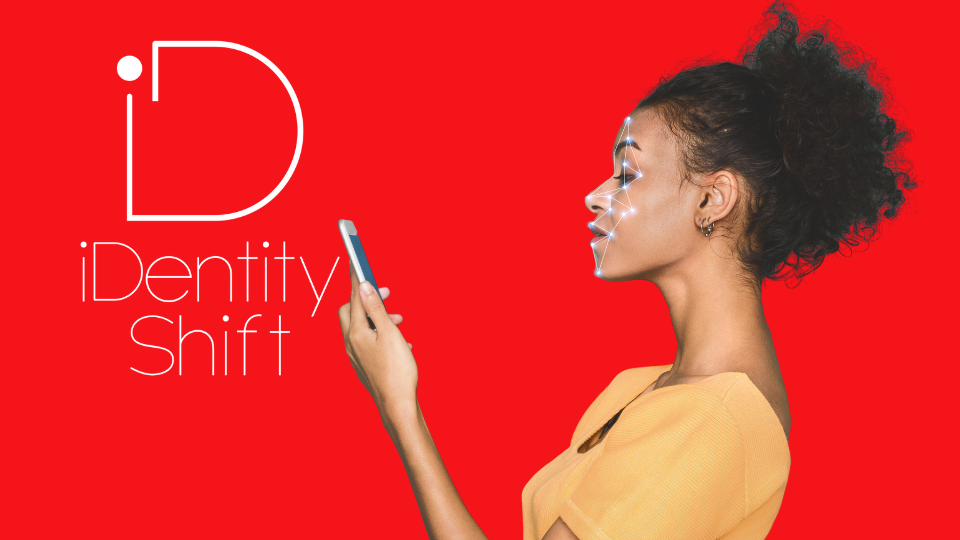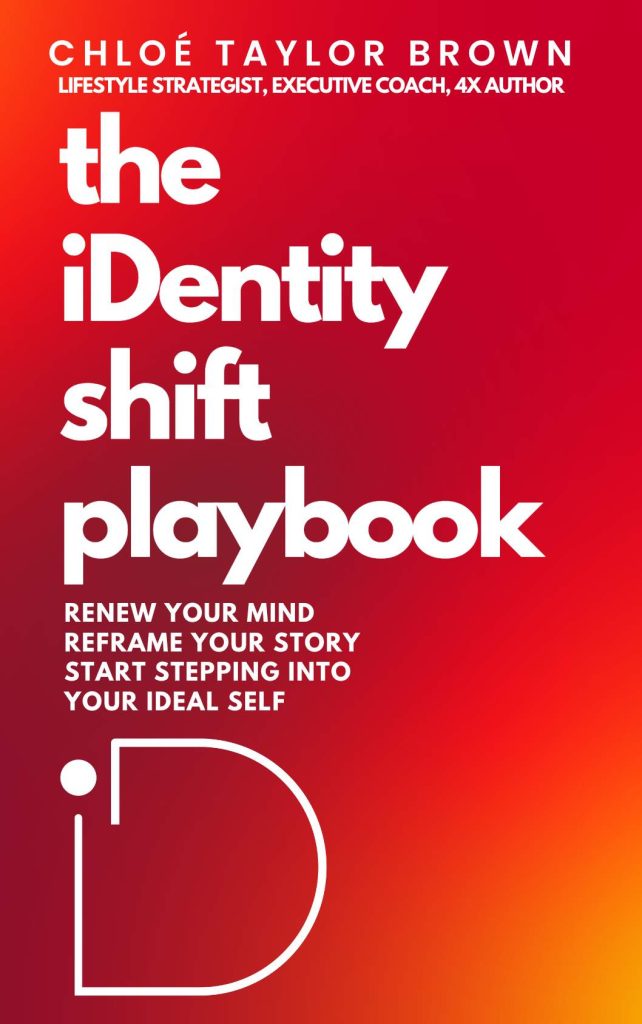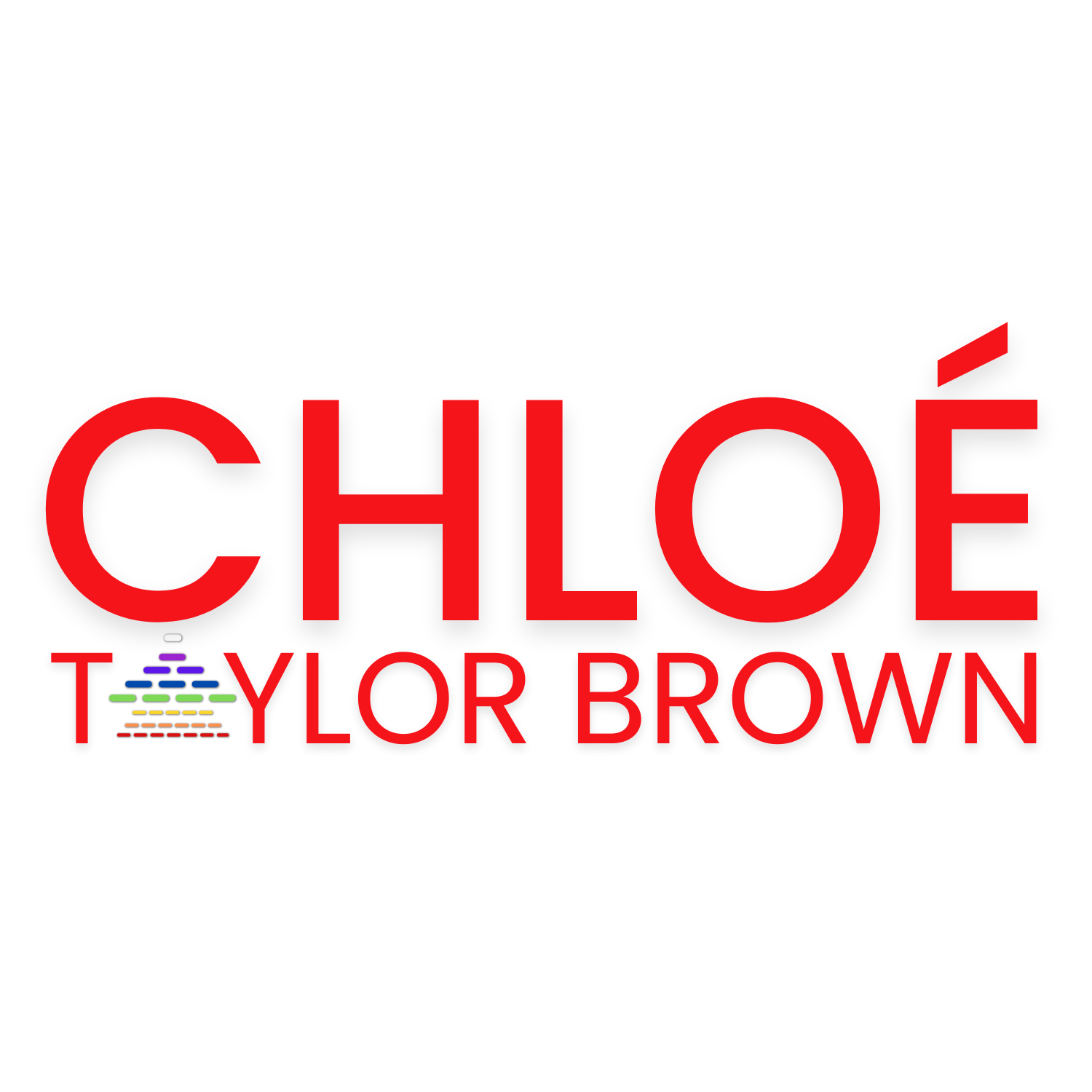My Early iDentity Shifts:
The first time I shifted my identity, I was sixteen. I wasn’t intentional about it because I didn’t know it was a thing. An opportunity for me to shift and become who I wanted to be was presented after I was rescued one fateful Friday from a terrible situation and invited to live with an aunt and uncle and their two children halfway through my junior year of high school when my mother died.
That Friday afternoon my fragile paradigm completely crashed. I was lucky Aunt Anita cared, and she saved my very existence that evening. On Saturday, she took me shopping to purchase the beginning pieces of a new wardrobe.
On Monday, my aunt and uncle enrolled me into the same high school as their two children. I sensed an overwhelming acceptance from those I encountered—the teachers, and especially all the new, cool, super-smart students—the girls and the guys were friendly toward me, and I felt included.
After only a couple months at my new school, one day in study hall, a free period where we all got to interact with each other in open discussions—I observed how free I was feeling. I saw how my communication had gone from passive to confident and engaging in such a short time. And I could see how the other kids respected and valued me and what I had to contribute.
“Wow,” I thought. “I can be who I want to be here.”
I started to feel brave enough to talk about my goals. This was the foundation that enabled me to set and achieve many goals throughout my life. I applied to Mississippi State University and majored in Fashion Merchandising and Design. At the end of my senior year, I found a fashion internship at a small boutique near San Francisco and began my modeling career with Elite Model Management in the city. However, being accepted into the agency was not the same as being ready. I had to shift my identity again.
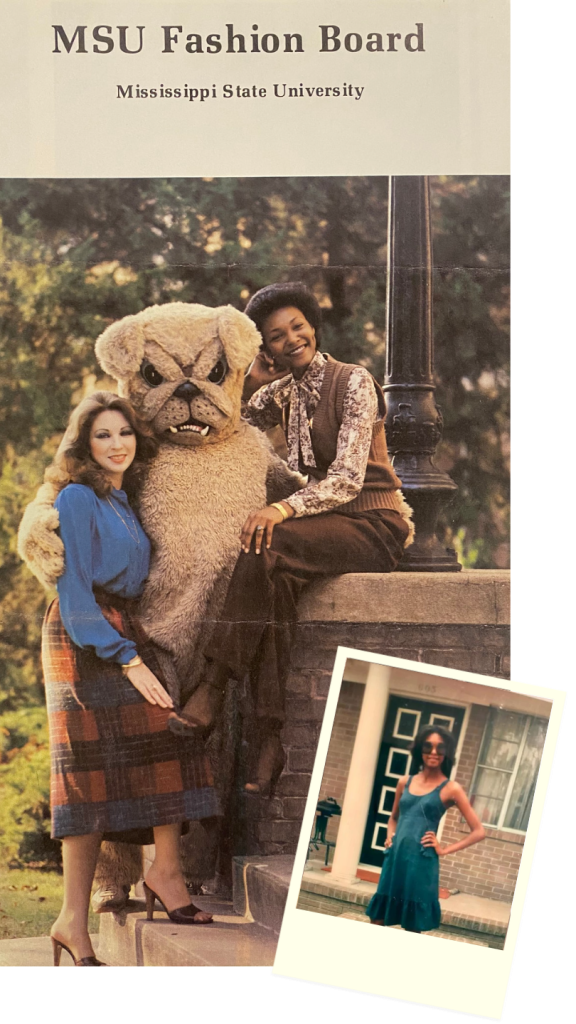
Being Aligned with The Vision
The fact is, we all experience dramatic identity shifts whether we like it or not. And it happens fast! One day your mother is alive. The next, she’s not. One day you’re out of a job; the next you’re working for a top modeling agency! One day you’re a business owner. Then you sell your company, and the next day you’re not. It’s life.
Frequently, women will level up to almost every challenge. It’s expected of us. We perform like super-women—juggling multiple responsibilities at work and at home simultaneously. We can do it—until a crisis or burnout arises—or something worse. A complete identity crash can be brought on by any number of life changes such as: getting fired; being promoted and suffering from imposter syndrome; getting married; having a baby; re-entering the workplace; aging parents; grieving the death of a loved one; coping with a beloved pet’s passing; confronting retirement; navigating empty nest syndrome; or tackling divorce. We find ourselves stepping, often unprepared, into unchartered territory that requires so much of us. Nothing can quite prepare us for the pressure, or the grief.
When I stepped into the modeling role, because I wasn’t ready mentally or emotionally to be who I said I wanted to be, I started to lose my confidence and my energy. I became depressed. The problem was I didn’t know how to align myself with my new vision. I didn’t know how to go from being a college student majoring in fashion to being an urban sophisticate living the life of an international fashion model.
I got through it by hiring a psychologist and doing the inner work. My real transformation came partly from reading The Magic of Thinking Big by David Swartz. I took every directive in the book to heart and practiced daily. I was genuinely working on myself intentionally and consistently—with one big goal in mind. I was expanding my mindset, and intentionally shifting my identity again—to evolve from who I was, to becoming who I wanted to be—a young Black professional woman living life by her own wonderful design.
What is Identity and How Do You Shift?
In the field of Social Science, one’s identity is defined as “qualities, beliefs, personality traits, appearance, and or expressions that characterize a person or a group…and because identity is strongly associated with role behavior,” according to Peter Burke, sociologist, and creator of the Identity Control Theory, “identities tell us who we are and announce to others who we are.”
Your identity is the way you view and validate yourself. It’s how you think, and it’s how you feel about what you think. It’s how you see yourself in relation to other people and the world around you. Your identity is shaped by the roles you play in life, such as daughter, mother, student, teacher, coach, engineer, doctor, attorney, president, nun, artist, manager, community leader, executive and so forth.
Based on years of experience as a coach, working with professional women of all ages, my beliefs are in alignment with a recent Harvard Business Review article stating, “Individuals who regularly engage in identity shifting are more likely to experience career advancement and success.” And because women experience career interruptions at a significantly higher rate than men at different stages of life, they must consider their next moves and recognize the importance in being intentional about shifting in order to move forward graciously and with purpose. Anticipating these shifts can help.
Cynthia’s iDentity Shift Story
“For many years, I was a TV news anchor. People stopped me on the street. They felt like they knew me and that they were my friends. I was inside their homes. Then, very suddenly, after so many years, I was not.”
Because of the life transitions women experience, Cynthia felt like she was “nobody.” She wondered, “What do I have to contribute to the world?” Her uncertainty and not-so-great feelings about herself lasted “too long of a time,” she recalls. After feeling useless, Cynthia was able to pull herself through by realizing “TV news anchor” was not who she is, and that she could contribute in many other ways. She launched a TV show called Good for Parents, then Atlanta Woman Magazine, then PINK magazine; now known as Little Pink Book.
Cynthia says, “Yet again, years later, my grown children left home. I’ve struggled to reconsider who I am and what my role in the world is now. I also had to make a huge shift from being a wife, a supportive spouse and a married woman for twenty-seven years. After two days in court, suddenly I was no longer that person. I was a divorcee. Literally overnight I had to become 100 percent independent—financially and in all ways. It rocked my world, turned it upside down, and now, five years later, I am still evolving into this new person.” She adds, “If we can address these sorts of often anticipated changes, before they hit us so hard, that would be a good thing.”
The need for identity shifts favors no particular gender, person, group, or location. Anyone and everyone can benefit from being proactive in accessing where they are now and asking themselves a few important questions.
Start By Considering These Questions
- Who am I now?
- What do I like best about myself now?
- What makes me giggle and laugh, now?
- How do I want to show up in my life now?
- What do I need to release and let go of, now?
- What new traits, characteristics, and skills do I need to acquire to be who I want to be now?
- What do I sincerely want to contribute to myself, my community, and the world?
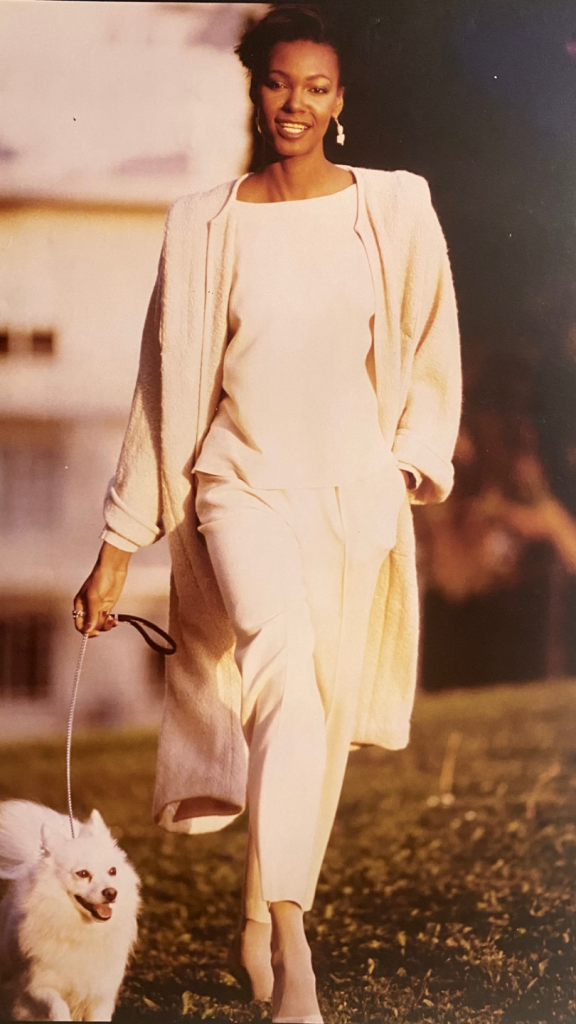
San Francisco, Designer Ignacio Perry
Start by visualizing and reframing your narrative. Simply decide where you want to go from here. After choosing what you want to shift into, find out what new skills, talents, characteristics, and traits you will need to sharpen, to learn and/or to acquire—so you can begin shifting and stepping into this new, evolved you. Starting over requires a new enhanced mindset and a shift in your image—how you appear to others.
As an example, Jacinda Arden, Prime Minister of New Zealand, who recently resigned—shifted and stepped down after nearly six years in power. Then she did something government leaders rarely do. She modeled in a fashion show. The point is, life transitions and our desire to shift offer an opportunity to transcend who we were, into who we are now, and into how we want to show up.
This whole-life shift can guide you to manifesting the right people, opportunities, and experiences—to help you create your ideal life.
Your relationships will start to improve. Why? Because you are being true to yourself. You are being more authentic and honest with yourself and in your relationships—which builds stronger, more meaningful interactions.
Shifting your identity is a powerful inner tool that will help you align with your true self to achieve your goals, to better navigate life’s transitions, and lead a more fulfilling life.
“Unless we base our sense of identity upon the truth of who we are, it is impossible to attain true happiness.”
~Brenda Shoshanna
Chloé is an author, executive life coach, facilitator, lifestyle strategist, mentor, speaker, and lifestyle model who collaborates with individuals, small businesses, and corporations to uncover objectives, “true” goals, passions, and purpose. She demonstrates how to level up to the vision using a proprietary PEP Coaching System that works for individuals, groups, teams, and Fortune 50 to 500 corporations, to assess, draw out, strategize, and align team members into a cohesive unit to accomplish objective(s) more efficiently and effectively; and always with higher levels of excellence, fun, and style.
